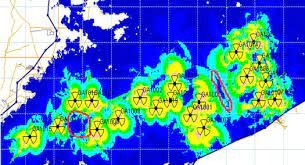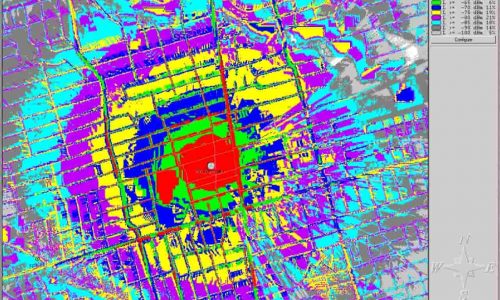Terrestrial Trunked Radio (TETRA), a modern standard for digital Private Mobile Radio (PMR) and Public Access Mobile Radio (PAMR) has very broad capabilities and extensive technical specifications. As PMR operators roll out TETRA networks, a good understanding of planning considerations from the coverage, capacity and interference perspective is required. This course presents a theoretical and practical aspects of TETRA network design. The course begins with a quick review of the TETRA network architecture and the TDMA based air interface. It is then followed by a detailed discussion of the UL and DL link budgets. Both coverage and capacity planning are addressed. Also, a sample network is used as a case study.
EXPECTED ACCOMPLISHMENTS
- Describe the general structure and operation of the TETRA air interface
- Understand various modulation and coding schemes used in TETRA
- Dimension for control and traffic channels using Erlang traffic theory
- Design frequency plan taking into account co-channel /adjacent channel interference.
- Explain how uplink and downlink coverage is balanced in TETRA
- Conduct link budget calculations for a TETRA system
- Make coverage predictions based upon theoretical and empirical models.
- Identify techniques adopted in TETRA to enhance coverage and capacity
- Identify transmission problems and mitigating techniques
- Examine key TETRA radio network features used for network optimization
- Design a specimen TETRA radio network-using cell planning guidelines.
TARGET AUDIENCE
Managers, Engineers, and Technicians involved in the planning, deployment, and maintenance of professional mobile networks
COURSE DETAILS
TETRA System Overview
- Network Architecture
- TETRA air interface
- TDMA frame structure
- Channel mapping: physical and logical channels
- Burst structure
- Modulation and coding schemes
- Data rates supported
- DMO and TMO modes
TETRA Design Process
- Planning process
- Optimization
- Cellular concept
- Cell types-macro, micro and pico
- TETRA base station
TETRA Capacity Planning
- Subscriber traffic profiles
- Channel utilization, trunking efficiency and GoS
- Erlang B model for non queing traffic
- Erlang C model for queing traffic
- TRX estimates
- Simulations
- Factors affecting cell capacity
- Case study
TETRA Coverage Planning
- Propagation mechanics
- Review of decibel power levels
- Link budget estimates
- Balancing the link budget
- Cell edge vs. cell area coverage probability
- Jakes curves and normal distribution table
- Deterministic models and empirical models
- Okumura- Hata model for macro cells
- Walfish-Ikegami model for micro cells
- Keenan Motley model for pico cells
- Range estimates for DMO
- Case study
TETRA Frequency Planning
- Reuse patterns
- C/I and C/A requirements
- Cluster size and reuse distance
- Frequency planning guidelines
- Interference mitigation techniques
- Case study
TETRA Antennas
- Electrical characteristics
- Radiation pattern morphology
- Antenna types and parameters
- Antenna selection
- Mechanical considerations
- Antenna tilting
- Base station and mobile station antennas
TETRA Network Expansion
- Sectorization
- Cell splitting
- Repeaters
- Repeater link design
- In-building coverage – Distributed antenna system (DAS)
- Passive and active DAS
- Implementing a TETRA DAS networks
Prediction Tools
- Planning tools available for TETRA planning
- Feature survey
TETRA Network Design
- Sample TETRA network design













